» Today marks the 1-year anniversary of the nuclear reactor meltdown(s) at Fukushima in Japan. By the way, Peter Kim sent me a link to the following 2-minute animated video he assembled, titled » Japan: One Year Later (.. looking for feedback). You might enjoy it. I was impressed. Surprisingly artistic.
Having spent much of my adult life working 'round REACTORS of one type or another [ .. both military & civilian reactors, both boiling-water reactors (yuk) & pressurized-water reactors (sweet) .. both Westinghouse & General Electric reactor plant designs ] ..
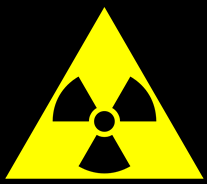 .. at a handful of nuclear plants on both the East & West coasts ..
.. at a handful of nuclear plants on both the East & West coasts ..
.. as a migrant nuclear worker of sorts (.. selling my body's federally allowed radiation exposure as a Rad-Whore for Rad dollars) ..
.. in positions both technical & supervisory .. both staff & line ..
.. I posted (you might recall) 4 entries, commenting on the disaster:
- Nuclear Reactor Meltdown at Fukushima in Japan (13.March.2011)
- Nuclear Spent Fuel Pools DRY at Fukushima (17.March.2011)
- Nuclear Grade Sushi from Fukushima (09.April.2011)
- Radiation Exposure & Biological Damage (10.April.2011)
.. where I tried to take you INSIDE a reactor plant (.. the way the Godfather takes you inside the Mafia).
These 4 entries are contained and grouped together in their own category, titled » Fukushima. I received lots of mail about those entries, so I know how much you guys enjoyed them.
I have been following developments since .. including results of recent reports published by various agencies .. and the thing I am most struck by ..
.. is how SCREWED UP everybody was. I mean, Japan is normally known for having its technical shit together. Meticulous attention to detail.
The word "chaos" was used to describe all involved parties. This includes not only plant operators at TEPCo (.. which we already knew about).
 But also Japan's nuclear regulatory agency. And even up to and including their Highest Levels of Government. All were freaked out of their minds.
But also Japan's nuclear regulatory agency. And even up to and including their Highest Levels of Government. All were freaked out of their minds.
In the 3rd entry that I posted, the one titled » Nuclear Grade Sushi from Fukushima, I made the following comment (.. yeah, a year ago, a month into the crisis):
"It says bad things about management at Tokyo Electric (TEPCo) and reveals a loss of control. I see confusion, disorientation. Bad decisions.
I was kinda kidding before when I said the nuclear motto was » "dilution is the solution to pollution." TEPCo apparently takes that seriously."
I remember writing that .. because is was so FOREIGN to my own nuclear experience. I remember feeling sad for them. For the whole nuclear industry, in general. Could see back then they were (obviously) making bad decisions .. I just didnt know WHY.
See .. my experience is .. the military trains you well .. so well (.. too well, one could argue) .. by running countless DRILLS on your ass .. night and day .. to the point that you eventually become like a MACHINE.
I'm talking about AFTER you finish all your OTHER training, both classroom & prototype, where they train you on a real live reactor plant, and AFTER you arrive at the Fleet .. reporting for duty aboard an actual nuclear-powered weapon of mass destruction.
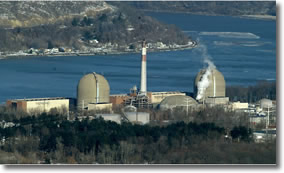 » Automatic Machine-like Response Mode
» Automatic Machine-like Response Mode
As a result, responses to emergencies take you (.. in a finger-snap) into a sort of AUTOMATIC response mode. Difficult to describe, but the feeling is deeply ingrained. (Still.)
If you've watched any of the Bourne series of movies (.. starring Matt Damon) .. Identity, Supremacy, Ultimatum .. you have an idea of how this works. In the movie, Bourne (Damon) is surprised himself .. at/by his own responses.
A guy touches him on the shoulder .. next thing you know, bodies are laying all over the ground around him .. moaning and writhing in pain. At the same time, he doesnt even know who he is .. doesnt even know his own name .. cant recall his past. So how is he able (he must be wondering) to kick so much ass?
The link/thread shared in common between Jason Bourne & your friendly neighborhood Nuclear Warrior » intense, focused long-term military training.
I am certainly no Kung-Fu master .. but that automatic-response conditioning .. is very familiar .. such that you DONT EVEN HAVE TO THINK. It's like you become "one with" the the reactor plant. (Zen-like.) You can "feel" it .. intuitively.
And let me tell you, while they are running all these freaking DRILLS on your ass .. you get so damn tired of them. They become so BORING. Drills .. day after day after day .. after day.
And you KNOW that these drills are not real emergencies. So you have to IMAGINE .. that the reactor is really melting down (.. or whatever happens to be blowing up today).
And this makes everything so .. fake. And all these "monitors" are standing around you (.. with their clipboards) .. and writing down every time you scratch your butt. They take everything so seriously .. as if the reactor really were melting.
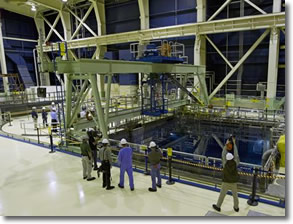 Most (but not all) of the
Most (but not all) of the  That's like taking a gigantic krap in your front yard .. every day for a year.
That's like taking a gigantic krap in your front yard .. every day for a year.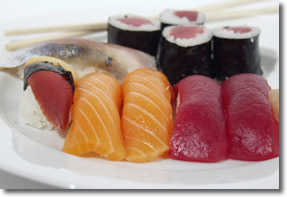 And
And 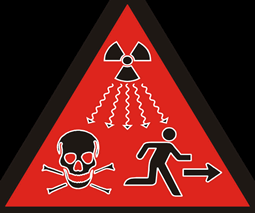
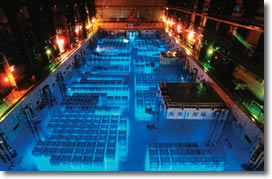

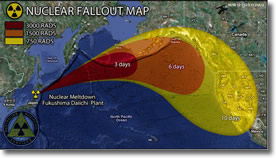


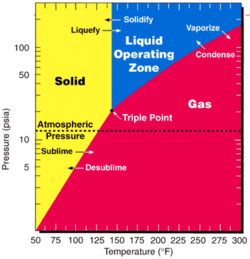 These pins are made of an exotic (metal)
These pins are made of an exotic (metal) 